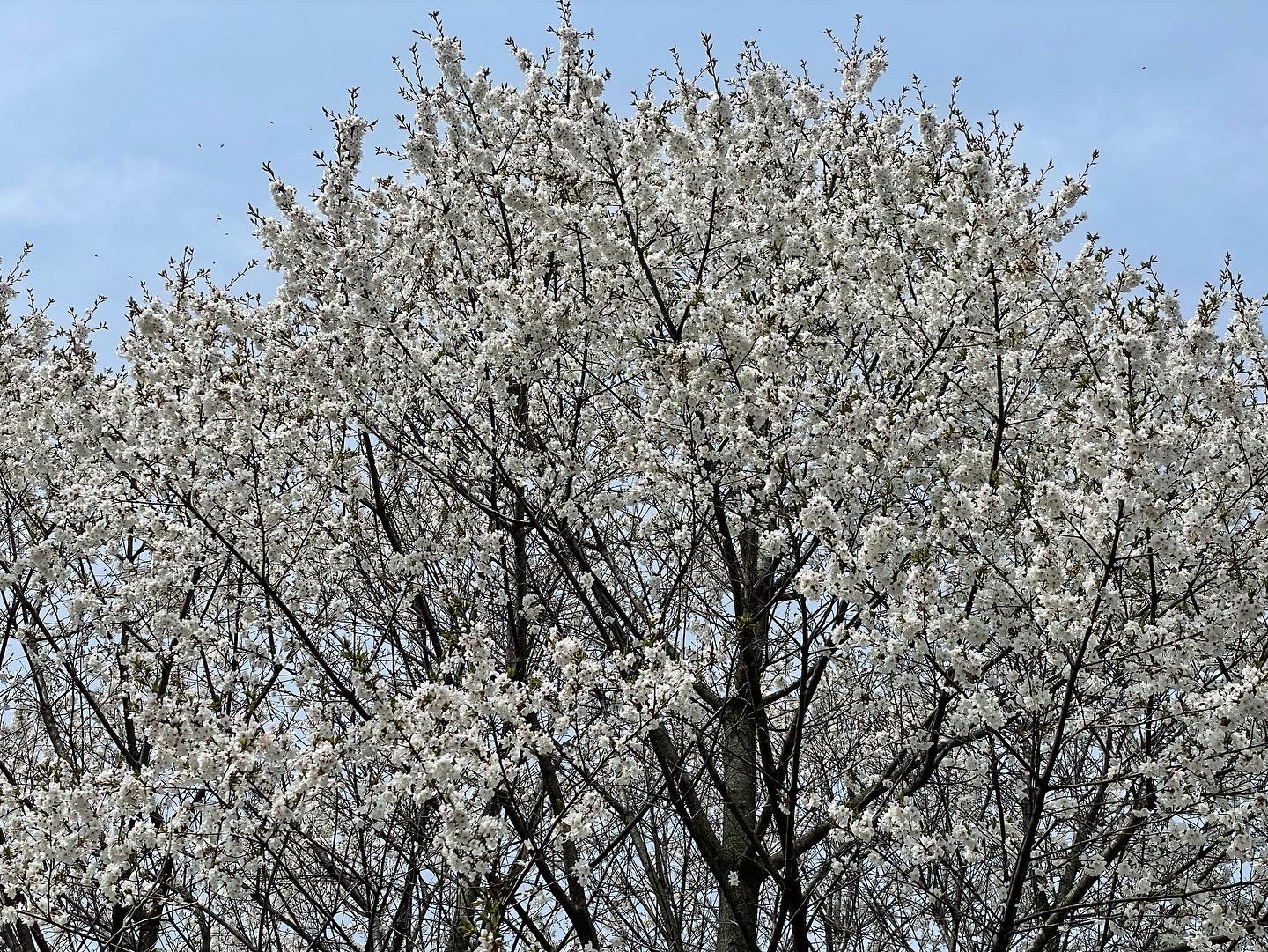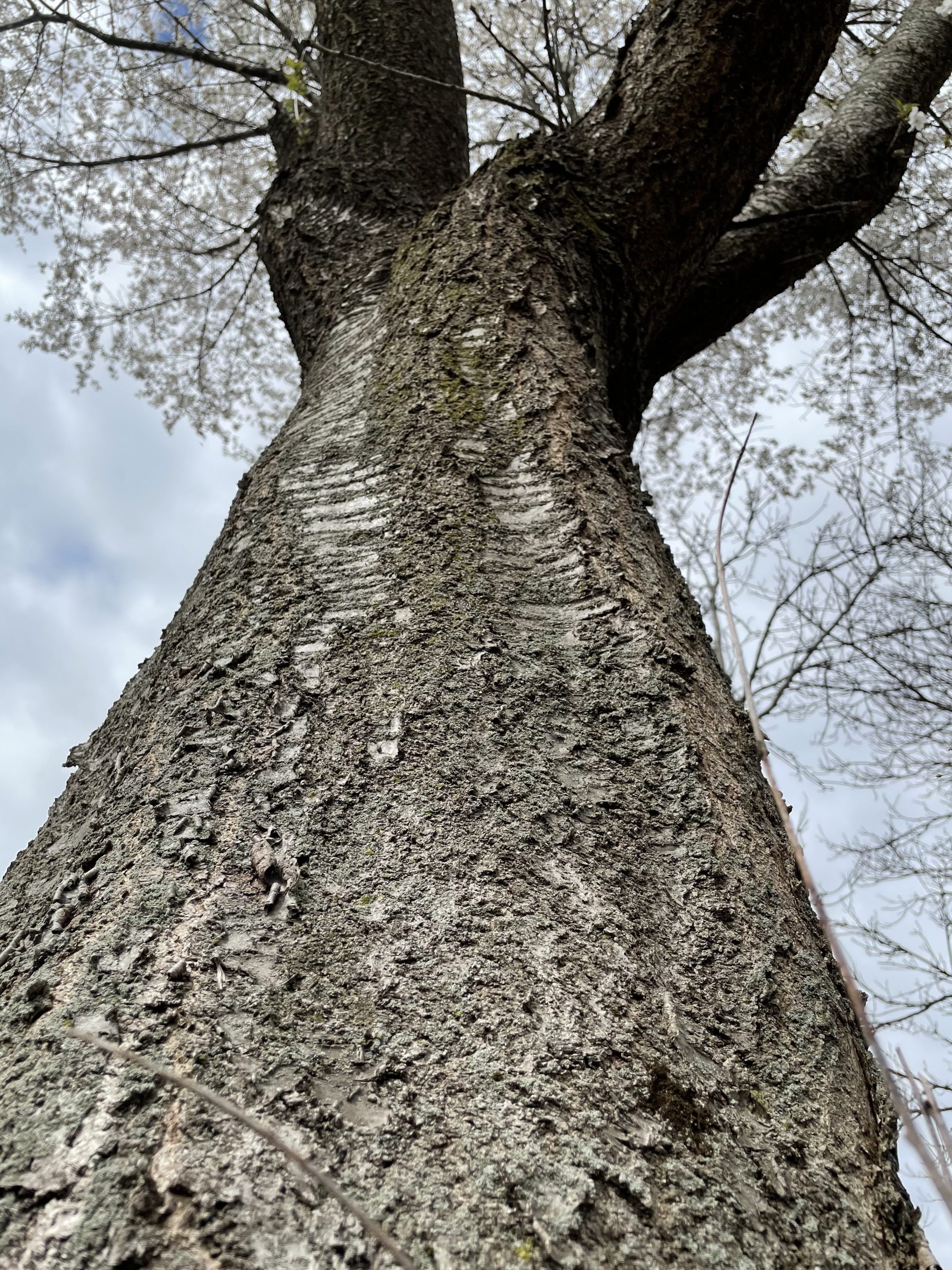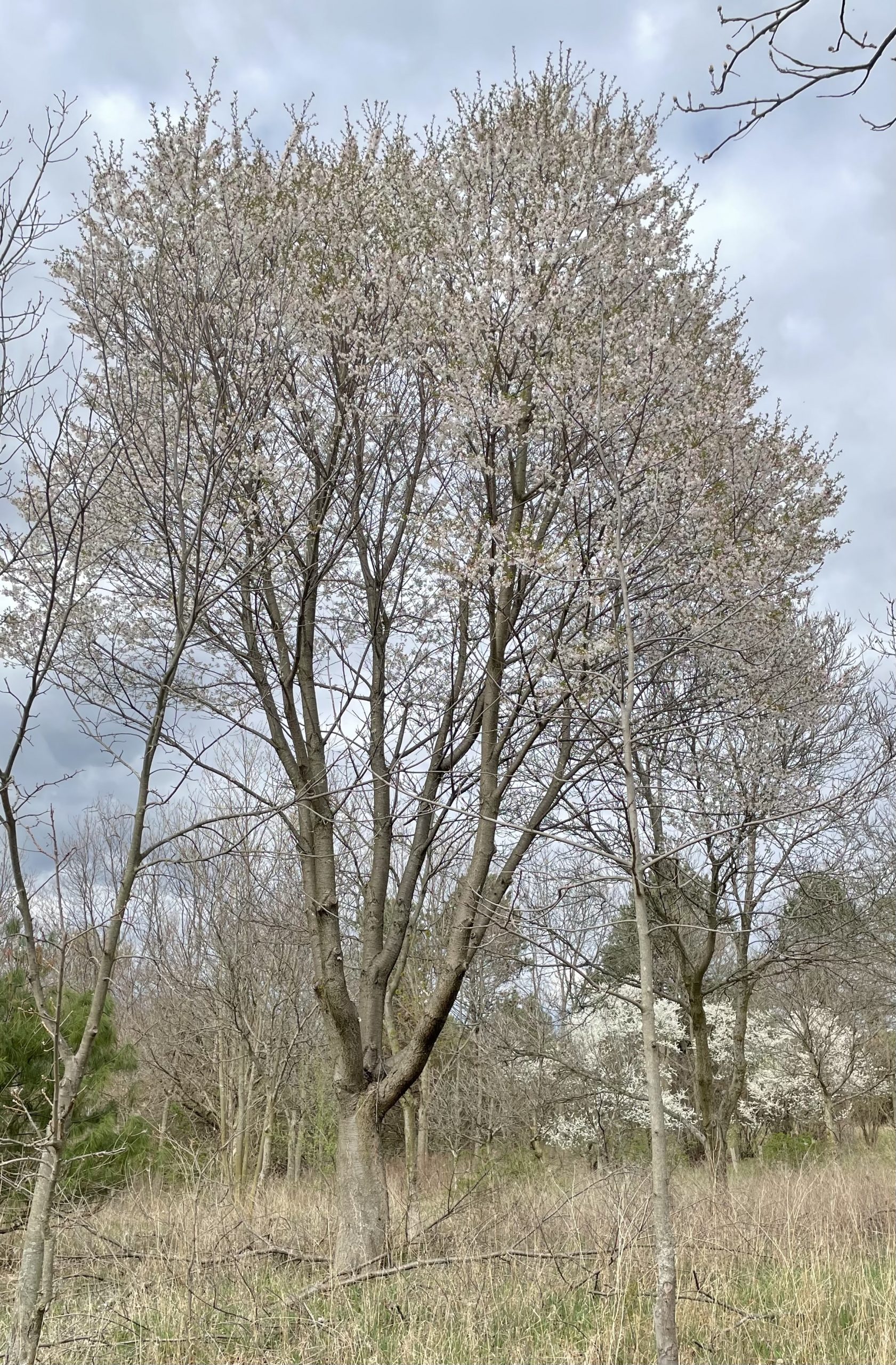Experience-Seeds-Knowledge-Plant Discoveries-Ecological Enrichment-Join Now Click Here!


Snow Fountain Becomes Snow Mountain
It began very innocently. Watch the bumblebees with my daughters and see if you could “pet” or touch the bees as they were pollinating the flowers on our weeping cherry in our front yard. This involved just lightly touching the bees back so they wouldn’t fly off on the flower they were pollinating. Simple and safe. Bumblebees in particular are not easily distracted. What I didn’t realize, one of my daughters would then teach other kids on the play ground of her ‘super powers’ and how they too could pet the bees. There was nothing to fear. (By the way she is a teacher today.) This created quite a stir with the other parents which eventually worked its way up to the administrative level in this elementary school. You can imagine the kids going home and busting out with, ” I touched a bee today mom and dad.!!!” Mr. Asmus had to put a kibosh on that activity. Bad dad. We did get a chance to save a few honeybees that needed additional nectar. We revived them with honey.

This experience made me see just how many bees visited that weeping cherry I bought. I wondered what would cross pollinate it in my suburban yard. It was wedged into a small planting area next to the driveway. (See the image above with our family dog.) Called Snow Fountain, it was a patented selection that was initially rooted instead of grafted. Most of the weeping cherries sold today are this selection and they are grafted on a four foot tall rootstock which is sweet cherry. I had the idea of collecting the small and bitter fruits and germinate them to see what would happen to the seedlings and what shape they could become. There were very few fruit which tasted like a watery chokecherry about the size of a pea difficult to eat. I did this religiously for about four years and grew out a few hundred seedlings.
The Fountain is Infinite and Will Never Stop Flowing
A couple of years ago geneticists unraveled some of the mystery of the Japanese cherries. One scientist was looking at their origin and tried to find the exact species composition which made them up and where they originated from. What happened was kind of a surprise. It turns out that for thousands of years people propagated these selections from seeds and what was one species was really two species essentially becoming one over the course of generations of growing. The selections became a species capable of reproducing itself from seed fusing together and retaining the characteristics of both species. The love of the cherry in Japan and its significance in this cultural setting made this possible. You could say a plant species was created due to its importance in the life of humans. But that will not likely be expressed like that in scientific literature.
This is the case for weeping cherries. When I grew them, I too was surprised as all the seedlings were weeping. Some were weepier than others and one grew along the ground. I planted several of these out. That is how I roll so to speak. I soon began appreciating the early flowering habit of them and their gently cascading limbs. Even today I have several of them scattered around my farm. But the big lone surprise was one seedling with large leaves and strong growth very early on. It was also not weeping. I took it and ten other weepy seedlings to the top of one of my hills where it is very windy with droughty soils. I put them in 4 ft. Tubex tree shelters. Within just a couple of years, that one seedling with the large leaves and super-fast growth was clearly thriving in this location. The others faded away.
I am curious to know my trees composition. I always thought it hybridized with sweet cherry, but I could be wrong. But then who really cares? Do I ask my friends what they are made of? I remember when my mom was doing genealogy she discovered that some family members over time endorsed and joined other religious practices yet retained some of those earlier ones they felt were beneficial to them. On a certain level, plants do that. It is not enough to survive, you must thrive. I was fortunate to visit a planting by the USDA of Japanese cherries in Washington, DC and soon found out that these forest type cherry trees were the ancestors of todays modern ornamental cherry varieties. It was cool to see that in a plantation type setting at the National Arboretum. Everyone else seemed to be enamored at the nearby ‘Prairie Planting’. I see the value of my cherry in terms of its use in urban environments as an ornamental tree. But is that enough? I do not think so. The better mouse trap for trees business model does not work.

The Weep is Gone: Fountain is Now Mountain
For a while I produced seedlings from my tree to see the results. The weeping disappeared in its progeny. What did happen was they now exhibited a form of hybrid vigor as well as greater branching. All the trees grow upright. Snow Mountain’s fruit production is extremely low, and the flavor is snap your head back to get it down type of taste. The birds consume the few fruit quickly as it drops in early July. The flowers attract a huge number of pollinators. You can see and hear the clouds of bees in the spring. The large clean leaves stay that way throughout the summer. I will try to root it this year for fun.
It is nice to sit in the shade under this tree in the summer. I close my eyes and dream of days gone by. I can see why this tree and its relatives worldwide enjoy the status it does while signifying love, long life, happiness and success for those who enjoy its brief flowers in spring. It reminds us we are here for such a short time and perfection like the cherry blossom is so hard to find.
Kenneth Asmus
